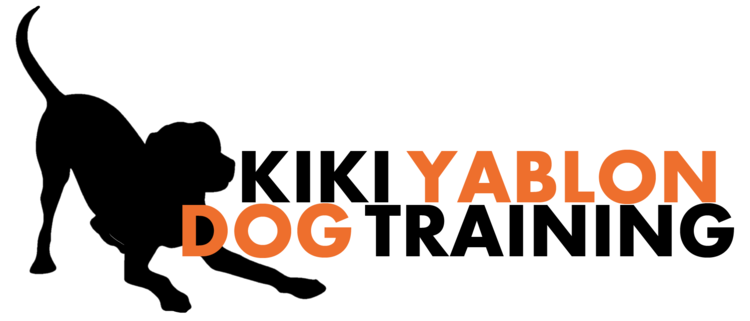One of the most common complaints trainers hear from dog owners is that their dogs pull on leash to get to other dogs.
Why do they do it? It might be the desire for social interaction, or it might be the desire to scare the other dog away. But either way it goes back to how animals learn: They behave, and if the result is desirable, they do it again.
If you actually wanted to teach your dog to pull toward other dogs, you’d do what many owners routinely do, which is to walk him toward other dogs as he’s pulling. Even if you allow pulling to “work” only once in a while, the dog will keep trying it; in fact, randomly disallowing it is likely to just frustrate the dog, causing him to try harder and probably throw in some other behaviors, like whining or barking.
So what can you do to stop this cycle, or, better yet, prevent it from starting?
If at all possible, avoid the first response that occurs to most humans, which is to stand in the middle of the sidewalk, tighten up your dog’s leash and/or pull him close as the other dog passes. For one, when you pull dogs one way, they tend to pull back in the opposite direction. For another, pain or discomfort caused by walking or training equipment (whether or not the equipment is specifically designed to cause it) can become associated with the other dog, and a dog who initially was just frustrated at not being able to greet may begin to warn off other dogs to avoid that feeling. And if your dog is already worried about whatever’s coming down the pike, heavy restraint can make him feel like a sitting duck. Animals who feel like they can’t flee are more likely to fight.
Instead, at the very first appearance of another dog, start to create distance. This is key. Distance is pretty much inversely proportional to distraction—the closer you are to something, the more likely it is to attract your dog’s attention. Think of each distraction as emitting a tractor beam, like the Death Star in Star Wars. If you and your dog blunder into that beam, there’ll be little you can do to avoid getting sucked into the distraction. So start moving proactively, before your dog starts pulling. Casually curve into the grass, into the alley, or even across the street if that's what your dog needs. Keep going until you get to where you’re pretty sure he’ll be able to choose you. That’s where training can start.
Pretrain the behaviors you’d like your dog to do when he sees another dog, so that they become habitual before you try them in the problem context. “Sit” is popular, but it may make some dogs feel vulnerable. And although it may be easy at home, if what your dog really wants to do is go-go-go, a stationary behavior is hard. Replacement behaviors should be easy. Behaviors that involve movement, such as turning toward the owner or following a hand target, may be useful because in addition to giving your dog something else to do, they can create distance. Another alternative behavior I really like is looking—at the other dog, at the handler, or both, in a "game" such as Leslie McDevitt's Look at That or Alice Tong's Engage-Disengage Game.
Behaviors that involve sniffing and eating, such as “find it” (a cue to sniff for a treat you just tossed into the grass), are also a good bet, because most dogs already like doing them. In general, the easier the better: Unless you’ve trained for long duration and high distraction, the dog is most likely to succeed initially with a rapid-fire series of simple behaviors rather than one long one. Cue the behavior, reinforce it, and repeat until the other dog has moved on.
If you and your dog haven't practiced any simple behaviors yet, when you get to the right distance, just feed him as soon as he looks at the distraction. With consistency, similar distractions can start to prompt him to look to you, a wonderful, simple alternative to pulling.
If you have a new puppy, starting this process right away will set you up for a lifetime of pleasant walks. If your dog already has a big fat history of getting reinforced for pulling toward other dogs, you may initially need to practice at off-peak times or in less congested places. After you have some well-rehearsed behaviors under your belt, a small group class may also be a good way to work on them in a controlled setting. (Be sure to let your instructor know your dog’s history with other dogs and your specific goals.)
If your dog’s pulling is socially motivated, you can even use interaction with other friendly dogs to reinforce the attentive behaviors you’re asking for. This can be extremely powerful if you can swing it, but on-leash greetings do require some finesse that I won't get into here. At minimum, be sure to (a) ask permission from the other owner first and (b) eyeball the other dog’s body language to ensure that he also really wants to meet your dog.
With consistency, the appearance of other dogs can actually become an environmental cue for your dog to offer preferred behaviors, or just to check in with you to see what fun stuff you might have in store. In most cases, too, the distance you need will gradually decrease over time.
This post was originally written for One Tail at a Time. It has since been revised and updated.

